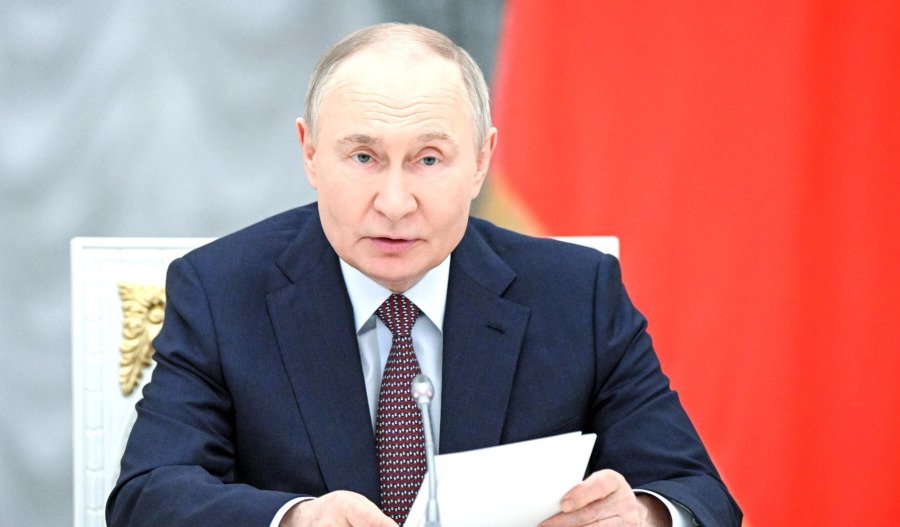Oil prices dropped more than US$1 during Thursday's Asian trade as hopes for a breakthrough in the United States-Iran nuclear negotiations and a surprise increase in U.S. crude inventories raised investor concerns over potential oversupply.
By 2:50 pm AEST (4:50 am GMT), Brent crude futures were down $1.42, or 2.2%, at $64.67 per barrel, while U.S. West Texas Intermediate (WTI) crude fell $1.40, or 2.2%, to $61.75. Both benchmarks had already slipped around 0.8% in the previous session.
Market sentiment shifted after an Iranian official told NBC News that Tehran is open to a deal with Washington if it leads to the removal of economic sanctions.
The comments came as U.S. sanctions against Iran intensified. On Wednesday, the U.S. Treasury targeted Iran’s domestic ballistic missile programme, following a separate set of sanctions on Tuesday that focused on a network of companies allegedly transporting Iranian oil to China.
These developments followed the fourth round of talks between U.S. and Iranian negotiators in Oman, aimed at resolving disputes over Iran's nuclear ambitions.
Meanwhile, U.S. oil inventory data adds pressure to the market. The Energy Information Administration (EIA) reported that crude stockpiles rose by 3.45 million barrels to 441.8 million barrels for the week ending May 9, contrasting with an expected 1 million barrel draw.
On the production front, OPEC's Monthly Oil Market Report revealed it had increased output by just 25,000 barrels per day (bpd) in April, significantly below the planned 138,000 bpd increase under the ongoing phase-out of 2.2 million bpd in voluntary cuts.
Looking ahead, ANZ analysts noted that OPEC+ is scheduled to add 411,000 bpd in both May and June. “Ministers will decide on July’s production levels during a video conference on 1 June. Expectations are rising that it will approve another large increase to force prices lower and bring over-producing nations back in line with the supply agreement,” they added.



